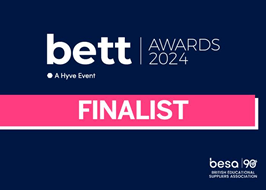PRIMM
Proposed by Dr. Sue Sentance, Director of the Raspberry Pi Computing Education Research Centre, PRIMM is a highly acclaimed approach to teaching and learning programming. It is not a new concept, its roots can be found in the early programming guides and code listings in computer magazines of the 1980s. It's strength is that it is built on research that shows that novice programmers need to learn to read code before they can write it.
PRIMM identifies five stages of the learning process. It is unfortunate that the acronym doesn't make a lot of sense, so we have adapted the model to become TIME, because to become confident with programming takes TIME.
How Craig'n'Dave TIME maps to Sue Sentance's PRIMM:
PRIMM Stage | Description | TIME Stage | Description |
|---|---|---|---|
Predict | Students are shown a sample program. They independently or in pairs, read the code and predict what it will do when it is run. Students are asked to record their prediction, e.g. by writing it down or drawing what they think will happen. | ||
Run | Students are given the sample program to run to see if their prediction was correct. Often at this point, there are discussions about what surprised them or what happened as expected. | Try | Students try running a sample program to see what it does. They watch a "live coding" video that explains how the program was written and why particular techniques were used. |
Investigate | Students are given a set of questions to help them learn important ideas in the program. The questions are based on a simplified Schulte block model. | Investigate | The same as PRIMM. |
Modify | Students are asked to change the program to do something different, extending or changing the functionality. | Make | The same as PRIMM although the program extensions are presented as a set of success criteria. |
Make | Students use what they have learned to make a new program. | The same as PRIMM although programs are differentiated into one-, two- and three-star programs with additional support provided by syntax guides, flowcharts and Parsons problems. | |
Evaluate | Students test that their program has met the success criteria, has been developed with good programming practices and is evaluated with oral feedback from their teacher. |
